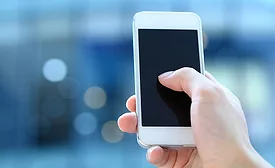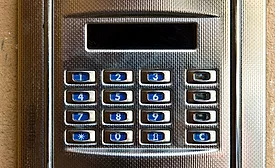Home » Keywords: » smartphone access
Items Tagged with 'smartphone access'
ARTICLES
How RFID and NFC Technology Enhances the Enterprise
RFID-based access control can build those consumer-friendly functions for enterprises while still streamlining the business for smoother operations and security.
January 6, 2014
Access Control -- Smartphones
NFC Smartphones Replace Keycards in Pilot Programs
September 26, 2012
Sign-up to receive top management & result-driven techniques in the industry.
Join over 20,000+ industry leaders who receive our premium content.
SIGN UP TODAY!Copyright ©2025. All Rights Reserved BNP Media.
Design, CMS, Hosting & Web Development :: ePublishing






